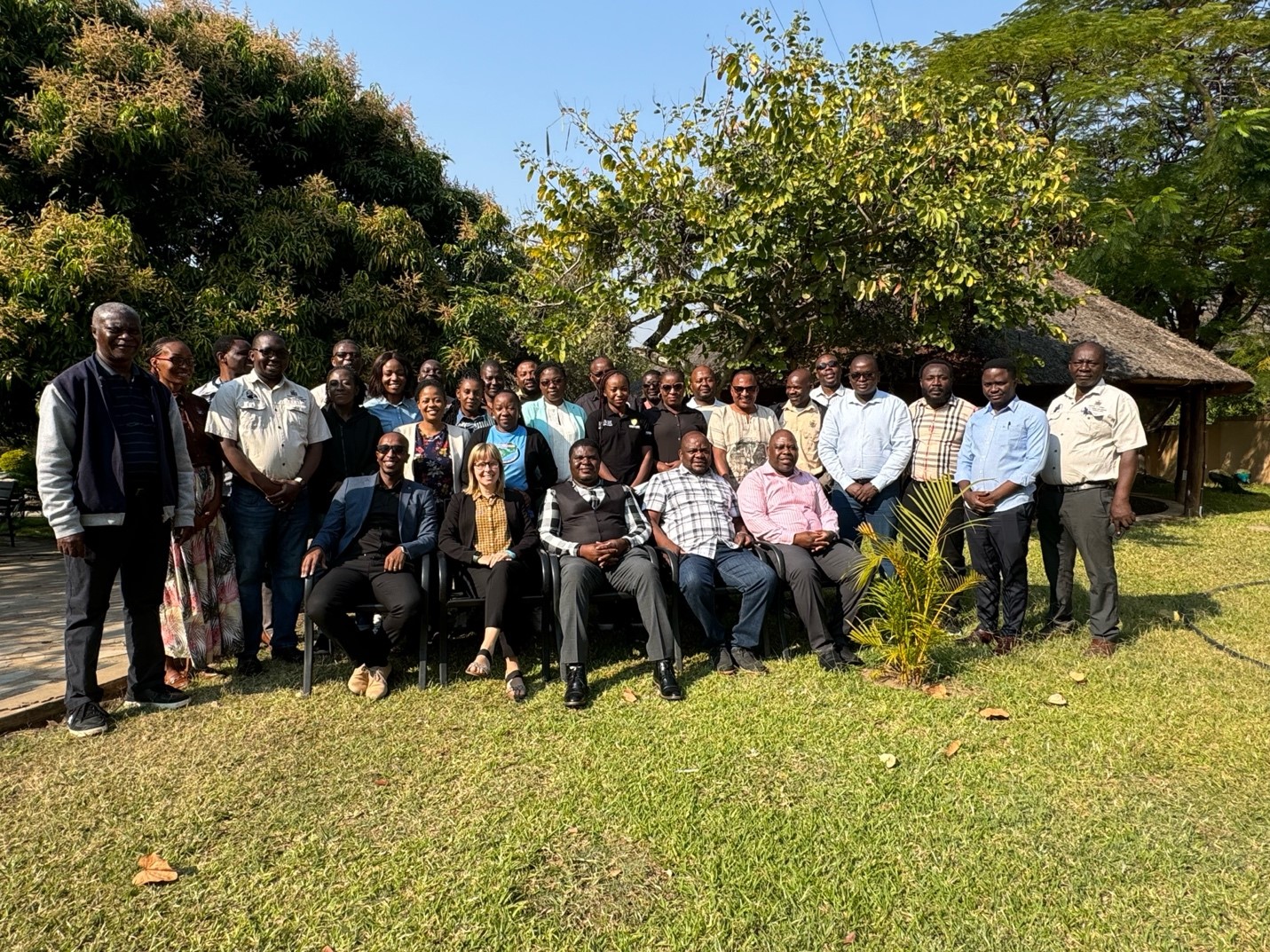Zambia advances livestock methane mitigation through hands-on training
Zambia strengthens its commitment to climate action with a new training workshop focused on greenhouse gas (GHG) inventory and reporting, mitigation strategies and climate-smart livestock production.

©FAO/ Saskia Reppin
The Food and Agriculture Organization of the United Nations (FAO), in collaboration with Zambia’s Ministry of Fisheries and Livestock and the Ministry of Green Economy and Environment, recently facilitated a hands-on training on greenhouse gas (GHG) inventory, as well as mitigation and adaptation measures in Zambia’s livestock sector. This initiative is part of the FAO Flexible Voluntary Contributions (FVC) subprogramme,"Scaling-up livestock climate actions to enhance nationally determined contributions”.
Held from 11 to 17 August at Chita Lodge in Kafue, Zambia, the workshop brought together over thirty national experts, including thirteen provincial Livestock Development Officers from the Ministry of Fisheries and Livestock, as well as representatives from the Ministry of Green Economy and Environment, the Zambia Environmental Management Agency (ZEMA), and the Zambia Statistics Agency (ZAMSTAT).
Strengthening national capacities for GHG reporting and mitigation measures
The workshop focused on enhancing Zambian experts' capacity in preparing and reporting livestock emission assessments using the Tier 2 methodology of the Intergovernmental Panel on Climate Change (IPCC) 2006 Guidelines. Participants engaged in practical exercises to assess enteric methane emission factors from cattle systems and gained a deeper knowledge of the livestock sector's contribution to climate change. Additionally, they exchanged expertise on different climate-smart livestock practices and discussed improved management strategies to reduce methane emissions effectively.
Challenges in data collection and the transition to Tier 2 methodology
During a farm visit, participants identified several challenges related to data collection and handling on-farm, including record-keeping on productivity, animal weight estimation, feed intake, and feed quality assessment. These data are crucial for accurate GHG emission calculations. Moving from Tier 1 to Tier 2 methodology requires detailed data on livestock performance, which remain unavailable in many provinces of the country. The training highlighted the need for standardized data collection methods and greater coordination between national and provincial authorities to address these gaps.
Future steps and recommendations for enhanced livestock climate action
Several key outcomes and recommendations emerged from the workshop. GHG emissions should be assessed for all livestock species by production system—commercial, emergent, and traditional—to identify appropriate mitigation options. Participants stressed the need for further capacity building at the community and institutional levels to support the implementation of climate-smart practices. It was also recommended that the livestock sector be given greater priority in national climate action planning, with enhanced institutional arrangements and a focus on integrating mitigation measures into future nationally determined contributions and the Biennial Transparency Report. Enhanced coordination between the government institutions responsible for livestock data was also highlighted as essential for improving data quality and harmonization.
FAO will continue its support to the government of Zambia in assessing GHG emissions and mitigation potential of the livestock sector using the FAO Global Livestock Environmental Assessment Model (GLEAM). This ongoing collaboration will contribute to Zambia's efforts to enhance its climate commitments and achieve more sustainable livestock practices.
